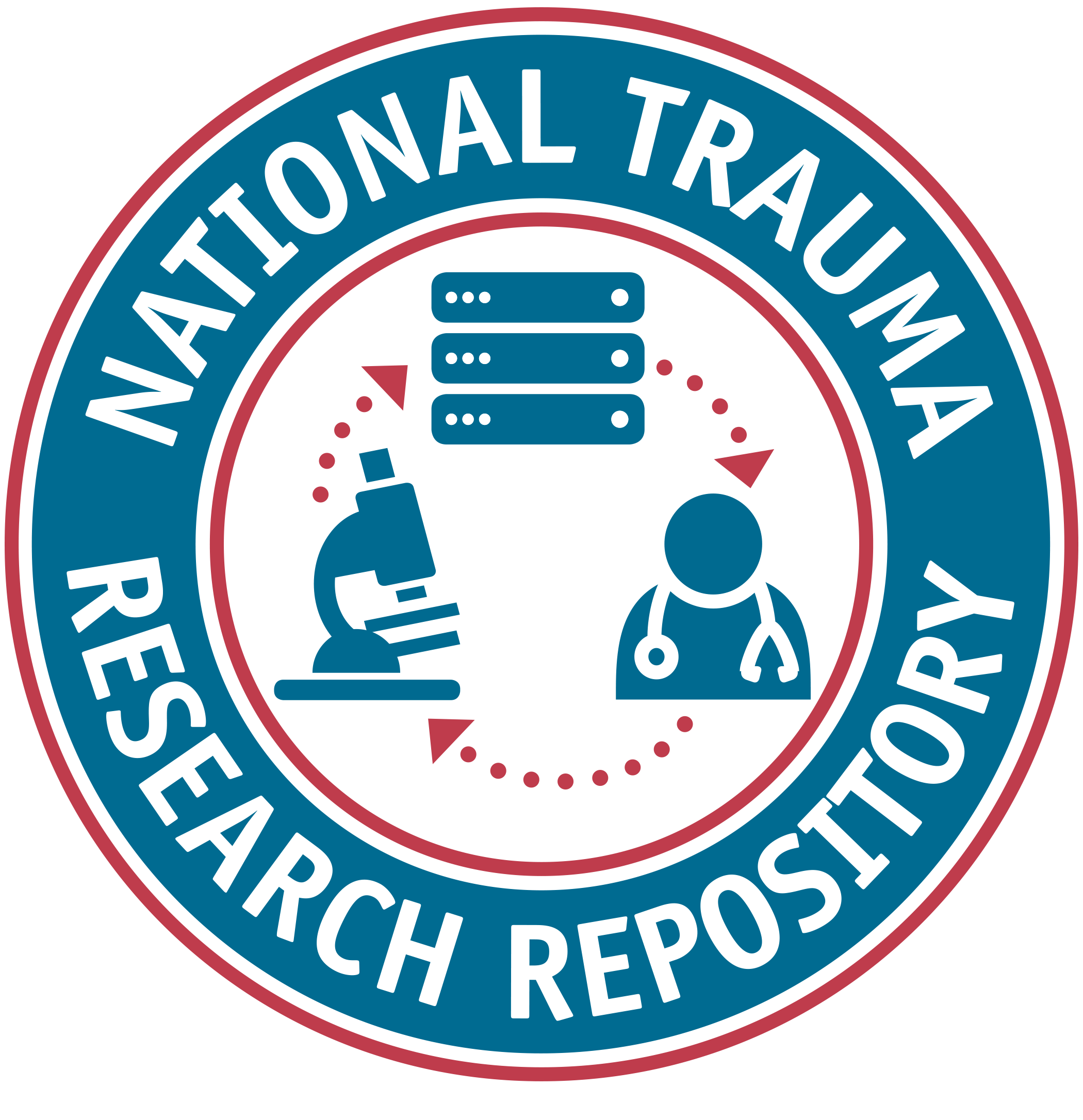Listed below are the details for the data element.
FITBIR
1.2
Element Type
Common Data Element
King-Devick Concussion Screening Test (K-D Test) - Baseline attempt three test card assessment error count
KDTestBaselinThreCardAssErrNum
Short Description
Number of errors the subject makes on their baseline attempt with three card test assessment, as part of the King-Devick Concussion Screening (K-D Test)
Definition
Number of errors the subject makes on their baseline attempt with three card test assessment, as part of the King-Devick Concussion Screening (K-D Test)
Notes
Creation Date
2016-05-27
Historical Notes
References
King-Devick Test copyright (K-D Test) All Rights Reserved. 2013, 2012, 2011, 2010, 1983.King-Devick Test. 2012. Mayo Clinic. http://kingdevicktest.com/
Data Type
Numeric Values
Input Restrictions
Free-Form Entry
Minimum Value
0
Maximum Value
40
Population
Adult and Pediatric
Guidelines/Instructions
Guidelines for Baseline Testing: The Baseline Time is the fastest TOTAL TIME of TWO trials without errors. Complete the King-Devick Testing Procedure below TWICE during Baseline testing. The baseline test should be completed without errors. If an error is made, stop the test, emphasize to the subject that they should read as quickly as they can with NO errors and restart at the beginning of Test Card I. Explain the TEST CARDS:There are three test cards that increase in difficulty. I will be timing how quickly you can read aloud the numbers on each card and keeping track of any errors that you make. You cannot use your hand or finger on the test card to help you follow the number pattern. I will start the time when you read the first number and I will stop the time when you finish saying the last number at the bottom right-hand corner. Then we will continue on to the next cards. Again, you are to read the numbers as quickly as you can without making any errors. Do you have any questions? 2. When the tester has the stopwatch ready, instruct the subject to turn to Test Card I and begin reading the numbers. START the stopwatch as the subject reads the first number. The tester should monitor and record any errors using the answer key on the score sheet. If a subject makes an error and quickly conects it, NO error should be recorded. An error should be recorded for each omission, addition and reversal. 3. STOP the stopwatch when the first test card is completed. Instruct the subject to flip to Test Card II. With the time of the first test card still on the stopwatch, START the stopwatch to continue timing Test Card II. Repeat the process for Test Card III. 4. Record the TOTAL TIME (the cumulative time to complete all of the test cards). On the score sheet, record the Baseline Time and the date of the established baseline.
Preferred Question Text
Category Groups and Classifications
| Disease | Domain | Sub-Domain |
|---|---|---|
| Traumatic Brain Injury | Outcomes and End Points | Cognitive Activity Limitations |
| General (For all diseases) | Assessments and Examinations | Physical/Neurological Examination |
Classification
Traumatic Brain Injury:
Supplemental
Moderate/Severe TBI: Rehabilitation
Concussion/Mild TBI
Acute Hospitalized
Epidemiology
General (For all diseases):
Supplemental
Keywords
KingDevickConcussionScreeningTest
Labels





